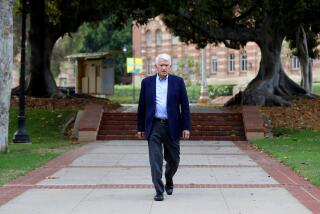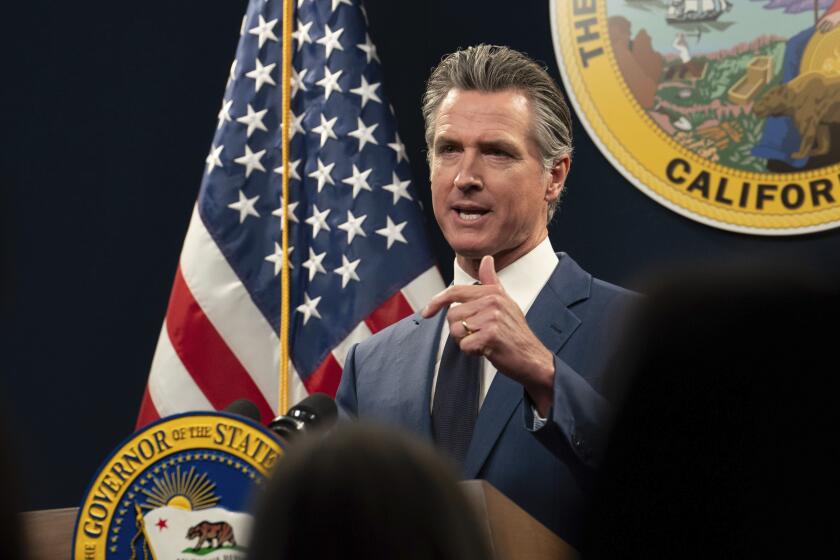Simi Council Tackles Tough Part of Vision 2020--Implementation
When presented with scores of great ideas and a limited budget with which to implement them, what’s a city council to do?
Tweak. Cull. Whittle. Prioritize.
Call it what you like. But deciding which projects to start without breaking the bank was the Simi Valley City Council’s job Monday night, as leaders took their first public look at Vision 2020, a citizen-crafted road map for this city’s future.
Vision 2020 is an ambitious document, prepared over two years, that envisions the ideal Simi Valley for the year 2020. Guided by a community survey, a daylong residents workshop and a year of committee meetings, the 166-page document addresses development, economics, environment, regional issues, safety and social concerns.
The document’s dozens of recommendations deal with preserving the safe, small-town feel of this city of nearly 104,000, even as its population is projected to jump to 140,000.
Among the recommendations are: beginning a community policing program; keeping a ratio of one sworn police officer to every 1,000 residents; attracting high-paying jobs in the software, entertainment, banking, insurance, communications and medical sectors; preserving open space; revitalizing the ailing Tapo Street shopping district; finally opening a regional shopping mall; and keeping growth in check.
All that on a $36-million annual city budget.
“I think, basically, it [the document] refers to what people are concerned about every day,” City Councilman Paul Miller, a former police chief, said before the meeting. “Obviously, the council will have to prioritize the various suggestions and recommendations. For example, economic development is important--we need to attract more industries. But the foundation of all that is having a safe place to live and work.”
Council members first lauded the 80 people who sat on Vision 2020’s various committees and spent countless hours tackling the details of everything from city aesthetics to water quality.
“I just want to take this time to thank all of you who participated for all the hours you put into this,” said Mayor Greg Stratton.
Next came the nitty-gritty.
Council members liked ideas about community policing, increasing services at the East County Courthouse and improving the city’s aesthetics, some of which they have already pursued.
Having personally championed spiffing up the city’s appearance, Councilwoman Barbara Williamson said she was keenly interested in the aesthetics recommendations.
“As a city, we are getting older,” she said before the meeting. “It’s time we start looking at our aesthetics. We can’t just keep up any more; we have to revisit the older areas of our city, such as Tapo Street.”
Council members had reservations about suggestions for buying the Simi Valley Landfill and preserving privately held open space. But the council did not reject them outright.
The problem with preserving much of the open space around Simi Valley is that someone already owns the land, Councilman Bill Davis explained before the meeting.
“If someone owns it, and you want it to be open space, you have to go buy it,” he said. “Obviously, I love open space. I wouldn’t live where I live if I didn’t. But people have got to realize it costs a price to keep it [undeveloped].”
Within six weeks, the city staff will formulate a plan to implement the ideas the council liked, according to Diane Jones, the city’s environmental services director.
More to Read
Start your day right
Sign up for Essential California for news, features and recommendations from the L.A. Times and beyond in your inbox six days a week.
You may occasionally receive promotional content from the Los Angeles Times.






